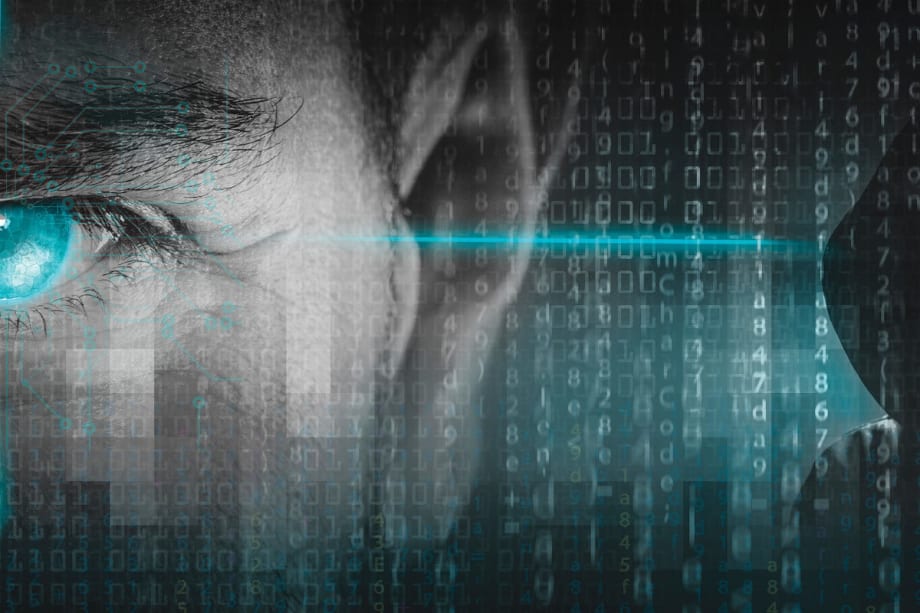Unmasking, Tracking, and Prosecuting
With so many challenges facing investigators responsible for tracking extremists online, what tactics can they deploy to effectively unmask, track, and prosecute extremists?
Use technology-based force multipliers: To track extremists online and get a handle on their chatter, investigators need to probe the Surface Web and the Dark Web for a plethora of potential data that could be the breadcrumb that they need to start the process. This includes selected usernames and handles, email and website addresses, hashtags, subject lines, and topic discussions, dog whistles, disinformation, emojis and memes, and any other text or imagery associated with extremists who should be monitored by law enforcement for the public good. This can be done manually but will prove to consume a huge amount of time. Using technology to do the repetitive parts of this work in the background will speed up the process while freeing up law enforcement for other operational tasks. Once an investigator has this kind of information-gathering and analytical power on their side, they can deploy other tactics to improve their ability to deal with online extremists. These include:
Expand situational awareness. To effectively investigate extremists online, the responsible officer must become familiar with the websites, online tools, communications media, terminology, and imagery used by the extremists they are tracking. This is fundamentally no different than learning the culture of a motorcycle gang before going undercover. You have to have sufficient knowledge to intuitively connect the dots to understand what extremists are actually saying online, who they are saying it to, and how legally actionable their threats are.
Unmasking extremists: It is vital to unmask extremists, both online and in the community, so that law enforcement officers can know who they are actually dealing with and can be better placed to accurately assess the threat these people pose to society. Such information is vital both for assessing and deterring possible attacks and for mitigating actual attacks that do get through the net—because some will.












